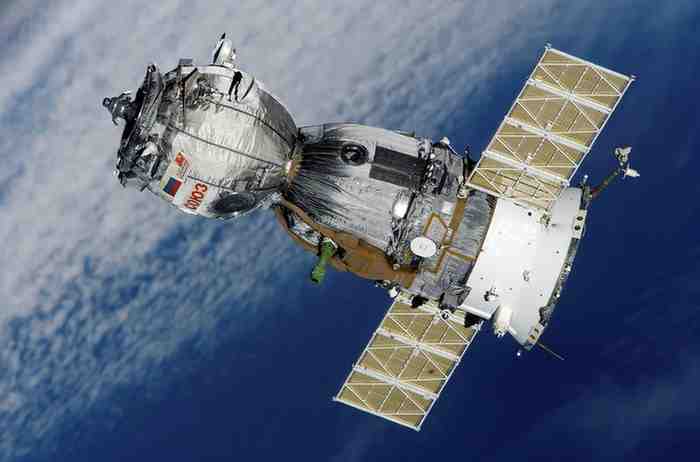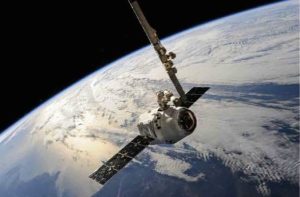
Living and Dying Beyond Earth
As space travel becomes increasingly feasible for recreational purposes, including potential interplanetary holidays and colonization efforts, the implications of living and dying in space demand consideration.
Decomposition Processes: Earth vs. Space
On Earth, the human body undergoes a series of decomposition stages following death, well-documented since ancient times. Initially, blood settles due to gravity (livor mortis), followed by cooling (algor mortis) and muscle stiffening (rigor mortis). Enzymes and bacteria contribute to tissue breakdown, ultimately leading to skeletal remains.
Unique Factors in Space Decomposition
In space environments, gravitational differences impact blood pooling, altering livor mortis. Inside a spacesuit, rigor mortis still occurs, albeit at a slower pace due to limited oxygen affecting bacterial activity. Microbial decomposition, influenced by planetary conditions, may be hindered by factors like extreme dryness.
External Factors and Planetary Environments
Planetary environments introduce varied decomposition influences. In dry conditions, mummification may occur, while damp, oxygen-deprived environments can lead to adipocere formation. Factors like soil acidity can affect bone preservation, potentially leaving only soft tissues intact.
Ecosystem Dynamics and Decomposition
Unlike Earth’s ecosystem, other planets lack evolved mechanisms for efficiently recycling nutrients from decomposing bodies. Insects and scavenging animals, crucial for decomposition here, are absent. Mars’ desert-like conditions may desiccate soft tissues, while windblown sediment could erode skeletons.
Understanding the nuances of decomposition in space environments is vital for future space travel and colonization efforts, shaping protocols for handling human remains and fostering a deeper appreciation for the complexities of life beyond Earth.

